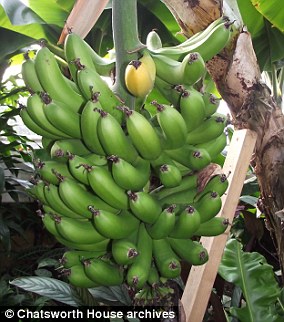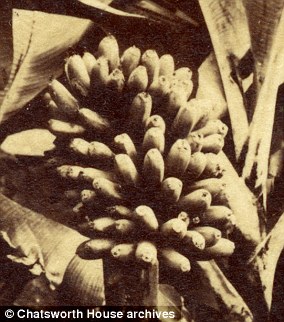Scientists warn Cavendish bananas could go EXTINCT as ‘catastrophic’ fungal disease is about to wipe out the world’s most popular type of fruit
>
Nearly half of the world’s bananas are on the verge of extinction, as a fungal disease threatens plantations around the world.
Cavendish crops in Asia, Africa, the Middle East, Australia and Central America have been infected with Panama disease, a fungus born in the soil.
The disease causes plants to wilt by targeting their vascular system and reducing the amount of water they take up from the soil.
Experts recently identified early signs of the “disastrous” fungus in South America, where most of the Cavendish bananas sourced in our supermarkets are grown.
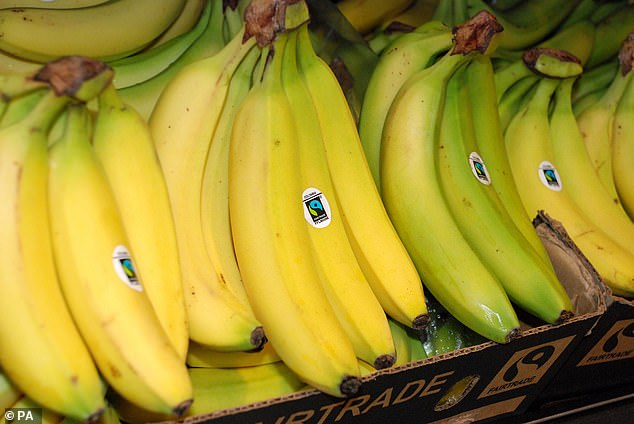
Cavendish crops in Asia, Africa, the Middle East, Australia and Central America have been infected with Panama disease, a fungus born in the soil.
Cavendish bananas account for 47 percent of global banana production and exports.
However, this type of banana was grown to replace another type that had been wiped out due to disease.
Gros Michel, also known as Big Mike, was the main type until the 1950s.
The United Fruit Company promoted Gros Michael but introduced the Cavendish in 1947 when banana plantations began to die.
Cavendish was immune to this chain, allowing it to dominate the market.
However, in 1997, scientists discovered a new strain called TR4 in Australia that could infect the Cavendish, and the fungus had spread across the continent by 2015.
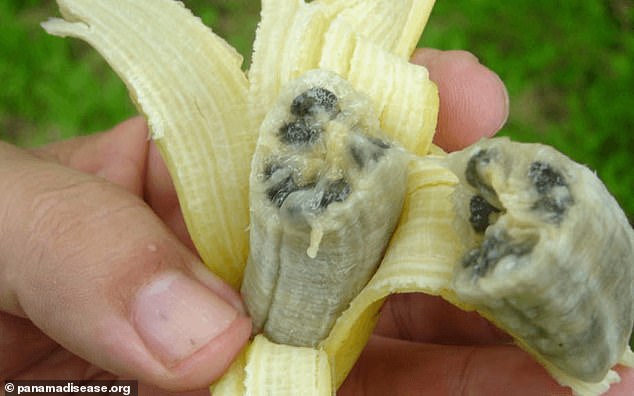
Experts recently identified the “disastrous” fungus in South America, where most of the Cavendish bananas sourced in our supermarkets are grown.
said James Dale, professor and head of the banana biotechnology program at Queensland University of Technology From the inside: ‘Since then, the disease has spread to India and China, the world’s largest banana producers.
“It has also spread to the Middle East and Africa and was recently found in South America.”
Panama TR4 disease is easily spread by people, vehicles, machinery, and animals through the movement of infected banana plants, planting materials, and contaminated soil and water.
The infestation appears when the leaves begin to turn yellow, which then causes them to wilt and turn brown.
The stem of the banana plant will rot from the inside, which will appear as a discoloration when cut.
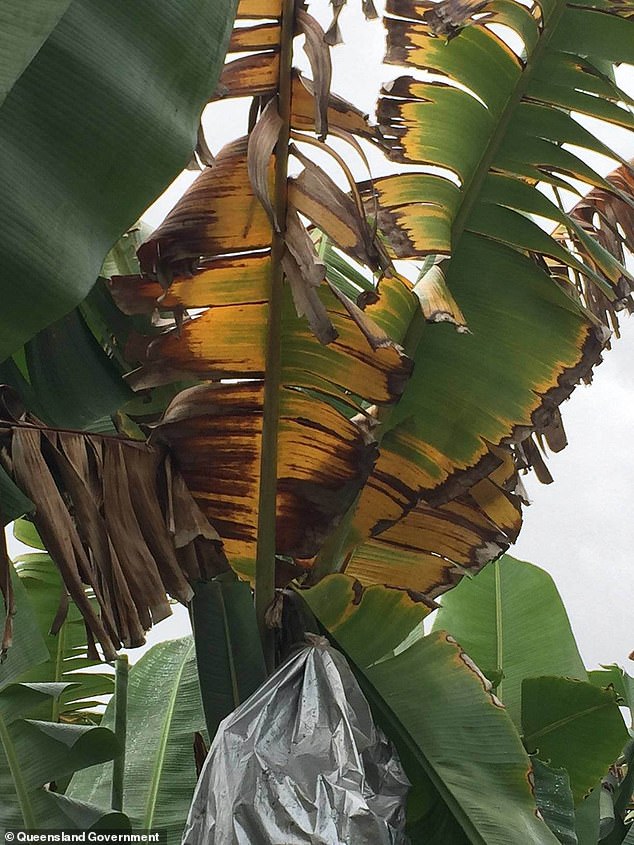
The infestation appears when the leaves begin to turn yellow, which then causes them to wilt and turn brown
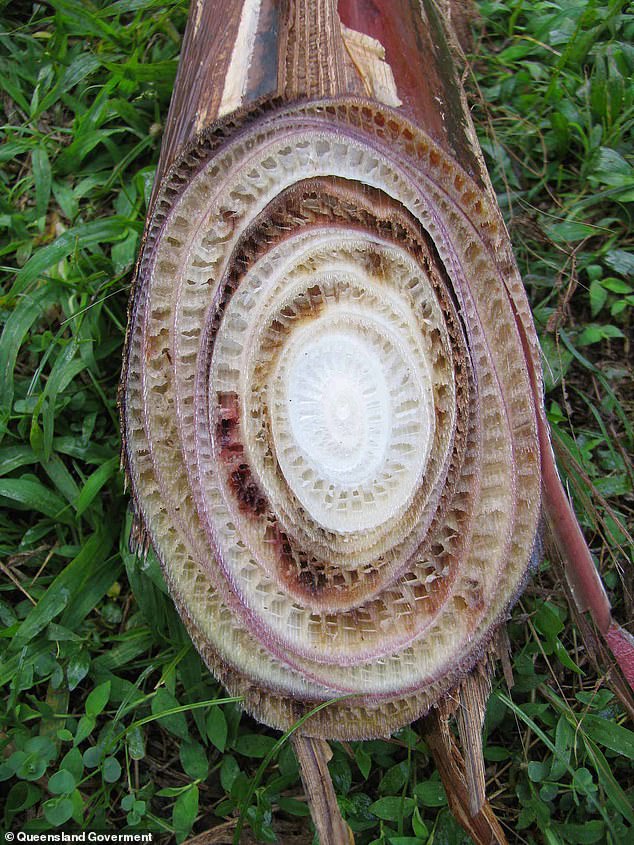
The stem of the banana plant will rot from the inside, which will appear as a discoloration when cut
Scientists are working on a TR4-resistant Cavendish or a Cavendish-resistant alternative, which is done by developing a genetically modified version.
This is possible using CRISPR-Cas9, a precise technology that allows academics to alter and remove parts of DNA, allowing the disease to be completely eradicated.
A team of researchers at Queensland University of Technology (QUT) are also developing a genetically modified variety of Cavendish banana called QCAV-4.
QCAV-4 bananas, developed in partnership with government and industry, have been grown in field trials in the Northern Territory for more than six years and have proven highly resistant to Panama disease TR4.
The fruit is a Cavendish Grand Nine banana that has been bioengineered using a single gene, RGA2, from wild bananas in Southeast Asia.
“I would say with certainty that there will be a solution before the Cavendish export market is severely impacted,” Dale told Insider.
(Tags for translation)dailymail

